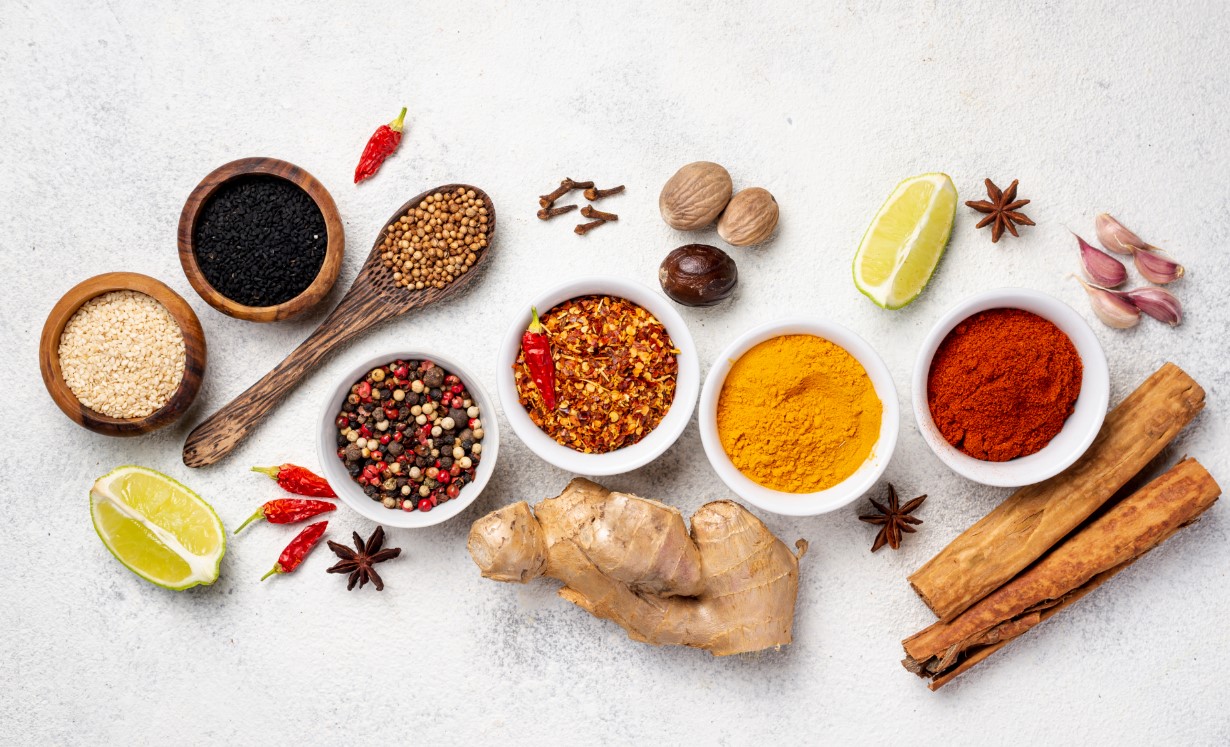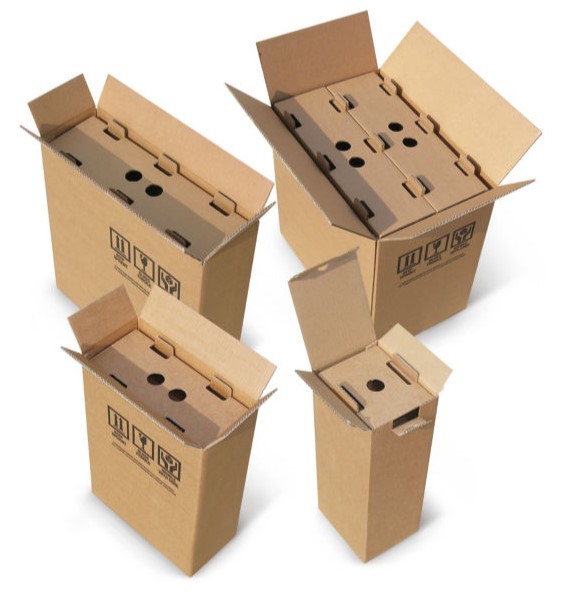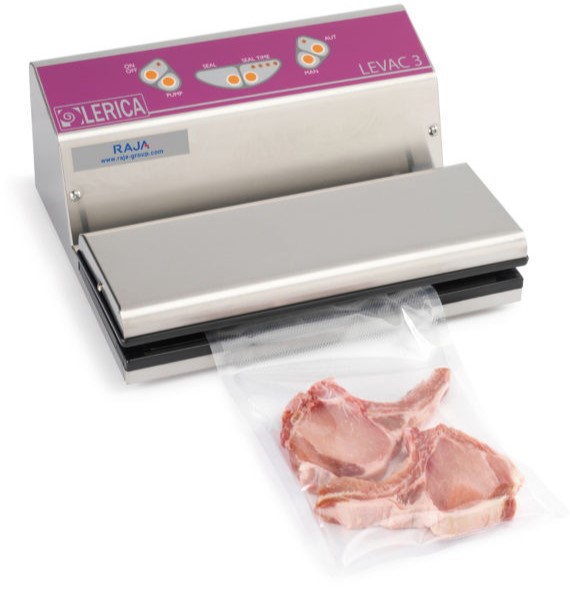Everything you need to know about shipping foodstuffs
During the lockdown we saw a boom in the food delivery sector in all its forms. Unaffordable restaurants and venues and endless queues at supermarkets have created new demands, anticipating trends in this sector by many years.
When we talk about food delivery we refer both to private individuals such as parents sending a parcel to their children, or a gift basket to send to distant friends for Christmas, and to companies operating in the food sector, the latter being more subject to regulations.
Let’s not forget then that food, which has always been the excellence of Made in Italy, is one of the most exported categories.
But how does food shipping work?
Many couriers offer the transport of food products in Italy or abroad; before entrusting them with the shipment, it is essential to prepare the parcel correctly.
The first distinction to be made concerns perishable and non-perishable foodstuffs.
Shipping non-perishable foodstuffs
Shipments of non-perishable foodstuffs are handled by most couriers.
In order to carry them out properly, however, precise rules must be followed, primarily the hygiene and health requirements of Annex II, Chapter IV of EC Reg. 852/2004.
It is also essential for companies to comply with the HACCP system, Hazard Analysis and Critical Control Points, to protect the health and safety of consumers in the food sector.
Furthermore, despite not being perishable, food that is transported must be subject to temperature-controlled shipping.
The vehicles used do not need special temperature control devices, but must be equipped with well-insulated boxes to avoid excessive heat peaks that could jeopardise the preservation of certain products, such as beverages.
Therefore, transporters must ensure that these requirements are met as well as making sure that the loading bays are clean and take care of regular maintenance.
Non-perishable foodstuffs, i.e. those that can be stored at room temperature, include all those foodstuffs that have a low water content and consequently have fewer storage problems. Many roasted and dried foods such as spices, pasta, tea and cocoa belong to this category.
Also included are freeze-dried foods, canned foods and canned foods in liquid such as brine, oil, vinegar and some pickled foods.

Shipping perishable foodstuffs
It is a different matter for perishable products that require more care and necessarily require the use of isothermal vehicles.
Isothermal shipments ensure that the product, during all stages of handling, remains in an optimal temperature range without its characteristics being altered.
By perishable food we mean all those foods that do not have a long shelf life, have no preservatives and are often rich in water and sugars such as, for example:
- milk and dairyproducts (dairy products, yoghurt, butter);
- fresh and frozenmeat;
- animal by-products;
- fresh and frozenfish products.
It goes without saying that regulations in this regard are stricter.
In particular, when shipping perishable products, it is mandatory to observe the ATP, Accord Transport Perissable, which is applied in several European and non-European countries as well as in Italy.
These standards, signed in Geneva in 1970, are the reference point for regulating the transport of perishable foodstuffs in refrigerated vehicles intended for human consumption.
The ATP certificate is valid for 6 years and is issued by the Ministry of Transport after verification by the provincial offices of the Civil Motor Vehicle Authority.
Packing foodstuffs for transport
At this point we can draw up a brief vademecum on the choice of packaging for shipping foodstuffs.
Here are the various steps to take into account when packing foodstuffs to be sent by courier..:
- identify the products to be sent and obtain the most suitable box according to their characteristics: pay attention to the volumetric weight, opt for single or double-wave boxes according to the weight of the products, choose an isothermal box for fresh products…
- remember to properly protect each item inside the package: for example, two glass jars should be individually wrapped in kraft paper or bubble wrap to prevent them from breaking when they bump into each other;
- fill in the blanks: it is essential to eliminate theblanks inside the package so that the products do not move during shipment. After placing the food in the box, use a paper or air filler depending on the space left. Remember that paper fits more easily;
- seal the package: close the box properly with tape, find out how in this article.
Extra tip: if your products are delicate, we recommend that you use tape or labels with fragile writing: this way the couriers will be aware of this and will behave accordingly during all stages of the delivery.
Choosing food boxes and containers
For every type of food there is the right container, you just have to know how to choose it!
Let’s get down to specifics: for each type of food there is a correct box/envelope/container to prevent it from spoiling during transport and to ensure that it arrives safe and sound at its destination.
A few examples:
- shipping wine, olive oil, sparkling wine, beer: choose from specific boxes for bottles, high protection at low cost;
- shipping deli meats and cheese: for this product category, we recommendvacuum packaging to extend shelf life by 3 to 5 times;
- shipping fresh food: for these products use boxes or packaging Alternatively, for higher shipping volumes, you can try the WrapPak Protector paper filling system, a revolutionary machine that produces corrugated paper pads. These ready-to-use pads capture air, preventing heat conduction and creating exceptional insulation and are perfect for the cold chain. They fit boxes of various sizes and a wide range of packaging styles. Remember to package products individually so that the contents cannot spill out and spoil other food in case the package is spilled/damaged;
- ship fresh and delicate foodstuffs: Tempguard® heat-protection cushions not only ensure that the temperature of your products is maintained during transport but also offer excellent shock protection and improved cushioning thanks to their flexibility. They are also ISTA20 (International Safe Transit Association) certified, a guarantee for your shipments.
- send dry, non-perishable foodstuffs(pasta, biscuits, snacks…): they are easier to handle, but take care to protect them well and fill all the gaps so that they do not break if they are hit. Choose the right box according to weight, two-wave boxes effectively protect heavy or fragile products up to 40kg!
- send cans(tuna, peeled tomatoes, legumes…): again, protect the contents of your package with bubble wrap or wrapping paper.


Do you have other doubts about food shipping? Do you need an ad hoc project for your business? Call us on 848 815 815 or write to info@rajapack.it for a personal consultation!













